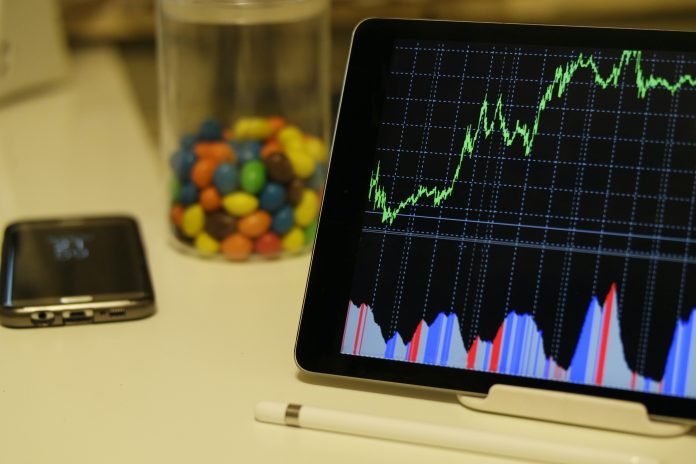Metals have always been a valuable asset in terms of their use in industries and as a trading commodity. With the advancement of technology and trading platforms, it has become easier for beginner traders to invest in metals through Contracts for Difference (CFDs). In this guide, check out the fundamentals and how you can unlock the potential of metals in your trading portfolio.
Metals have been used as a store of value for centuries, and today they are more accessible than ever, thanks to the rise of online trading platforms. One of the most popular ways is to trade metal CFDS (Contracts for Difference), which allows traders to profit from changes in the price without owning the underlying asset.
The beginner’s guide will provide an overview of trading metal CFDs, including the advantages of this type of trading, the most common options available for trading, and how to analyze metal price movements.
Understanding Metal CFDs
CFDs are derivative products that let traders speculate on the price movements of an underlying asset without actually owning it. In the case of metal CFDs, traders can speculate on the price of metals such as gold, silver, platinum, and copper.
When you trade, you’re entering into a contract with a broker that allows you to profit from the difference between the opening and closing price.
Advantages of Trading Metal CFDs
There are several advantages, including the ability to profit from rising and falling prices, leverage (which allows you to control a greater position with a smaller amount of capital), and the ability to trade 24 hours a day, five days a week. Additionally, CFDs often have lower fees and commissions than other forms of trading.
Common Metals Available for Trading
Some of the most popular options available for trading include gold, silver, platinum, and copper. Gold is often seen as a haven asset, while silver is known for its industrial uses. Platinum and copper are also commonly traded, with platinum being used in jewelry and electronics and copper being a key component in construction and manufacturing.
Factors Affecting Metal Prices
Several factors can affect the price, including supply and demand, economic and political factors, and market sentiment and news. Understanding these factors can help traders make more informed decisions when they trade metal CFDS.
Analysing Metal Price Movements
Analyzing price movements can be achieved through various methods, which include technical analysis, fundamental analysis, and sentiment analysis. Technical analysis involves studying past price movements to recognize patterns and anticipate future ones.
Fundamental analysis involves analyzing economic and political factors that may impact prices. Sentiment analysis involves looking at market sentiment and news to identify potential price movements.
Creating a Trading Strategy
Having a solid strategy is crucial for success. This section covers setting goals, managing risk, and diversifying your portfolio.
The first step to creating a trading strategy is to set your trading goals. Understanding your trading goals will help you develop a more focused approach and help you stay motivated.
There are different trading styles you can choose from when trading metal CFDs, including day trading, swing trading, and position trading. Each trading style requires a different level of risk tolerance, as well as different strategies for managing risk and generating profits.
Wrapping up
Metal CFD trading can be a lucrative investment option for beginner traders, with the potential for high returns and the ability to diversify your portfolio. By understanding the basics, factors affecting metal prices, analysing price movements, creating a trading strategy, and choosing a reliable platform, you can unlock the potential of metals in your portfolio. Remember to always stay up-to-date with market news and trends and to manage your risk effectively. Happy trading!










